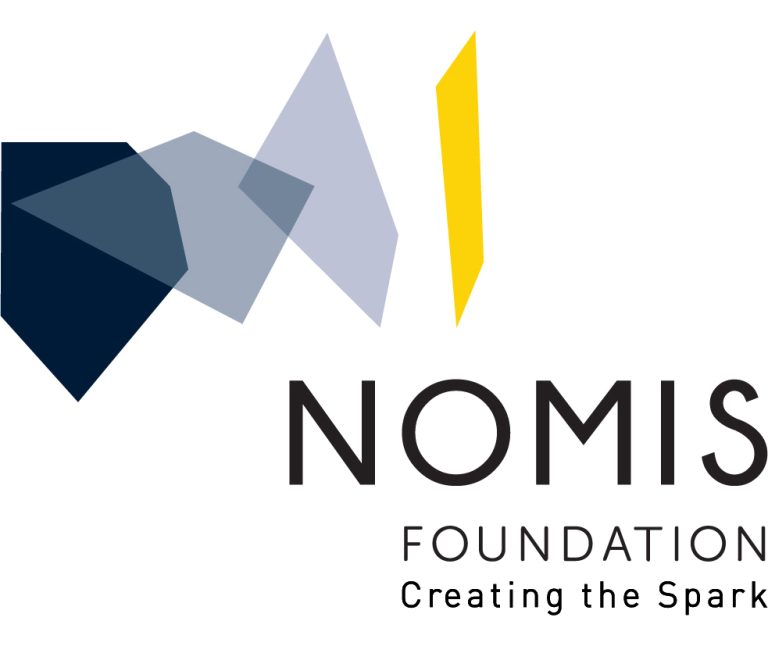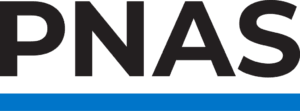We appreciate the interest and comments on our article reporting a novel gut microbiome signature for predicting liver cirrhosis (
Oh et al., 2020). Dr. Chen raises concerns about the impact of proton pump inhibitor (PPI) treatment on the gut microbial profiles of cirrhosis patients in our main cohort (
Jackson et al., 2016;
Wang et al., 2020). He cites evidence that 4 species in our 19-species signature for cirrhosis (
Veillonella parvula,
Veillonella atypica,
Streptococcus parasanguinis, and
Streptococcus salivarius) are known to be impacted by PPI treatment. According to his analysis, these species alone were sufficient to detect cirrhosis in the Qin and Iebba cohorts. The question at hand is whether PPI usage in our training cohort may have skewed and thus compromised our gut microbiome signature for cirrhosis.
To address whether our 19-species signature remains valid, independent of PPI treatment status (
Table S1), we first reviewed all 81 subjects in our training cohort (54 non-NAFLD controls and 27 NAFLD-cirrhosis patients) and identified 13 individuals who were using PPIs (4 non-NAFLD controls and 9 NAFLD-cirrhosis patients). After excluding those 13 subjects on PPIs, we retrained our 19-species Random Forest (RF) model on the revised cohort comprising only the 68 remaining non-PPI subjects (50 non-NAFLD controls and 18 NAFLD-cirrhosis patients) for cirrhosis prediction. For detection of cirrhosis, the model achieved an accuracy of AUC (area under the curve) 0.891, which is comparable to our original AUC of 0.91 (
Figure S1A). In our original study, we included age during machine training as a default. Therefore, we also examined the 19 species+age in the non-PPI training set and achieved an AUC of 0.896, which again is comparable to our original AUC of 0.91 (
Figure S1B). Furthermore, we tested the models comprising 19 species or 19 species+age with the independent dataset from the Qin et al. study (merged discovery and validation set, 114 controls and 123 cirrhosis) (
Qin et al., 2014). Notably, we still obtained AUCs of 0.851 and 0.832 for validation and testing scores, respectively (
Figures S1C and S1D). Thus, even after removing subjects on PPIs from the training cohort, the revised model with 19 species still detected cirrhosis with high accuracy. This suggests the impact of PPI usage on the signature was minimal.
We observed no significant difference in the diagnostic accuracy of our gut microbiome signature for cirrhosis, regardless of whether it was evaluating mixed or only non-PPI cohorts. Although we agree that PPI drugs may have an effect on gut microbiota as a whole, our 19-species signature is robust and retains its diagnostic potential for distinguishing liver cirrhosis, independent of PPI treatment. Future studies encompassing more clinical samples and longitudinal follow-up will allow us to understand the specific effects of different classes of perturbants and provide more accuracy and robustness to power the machine-learning-based prediction model (
Caussy et al., 2019;
Sharpton et al., 2021).











